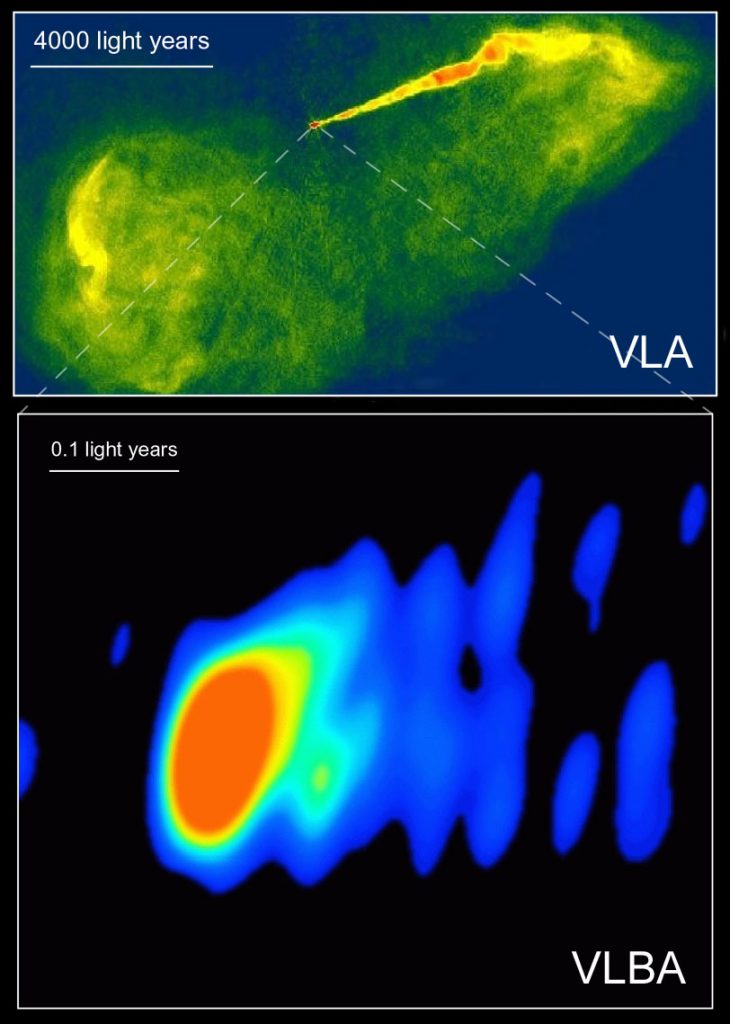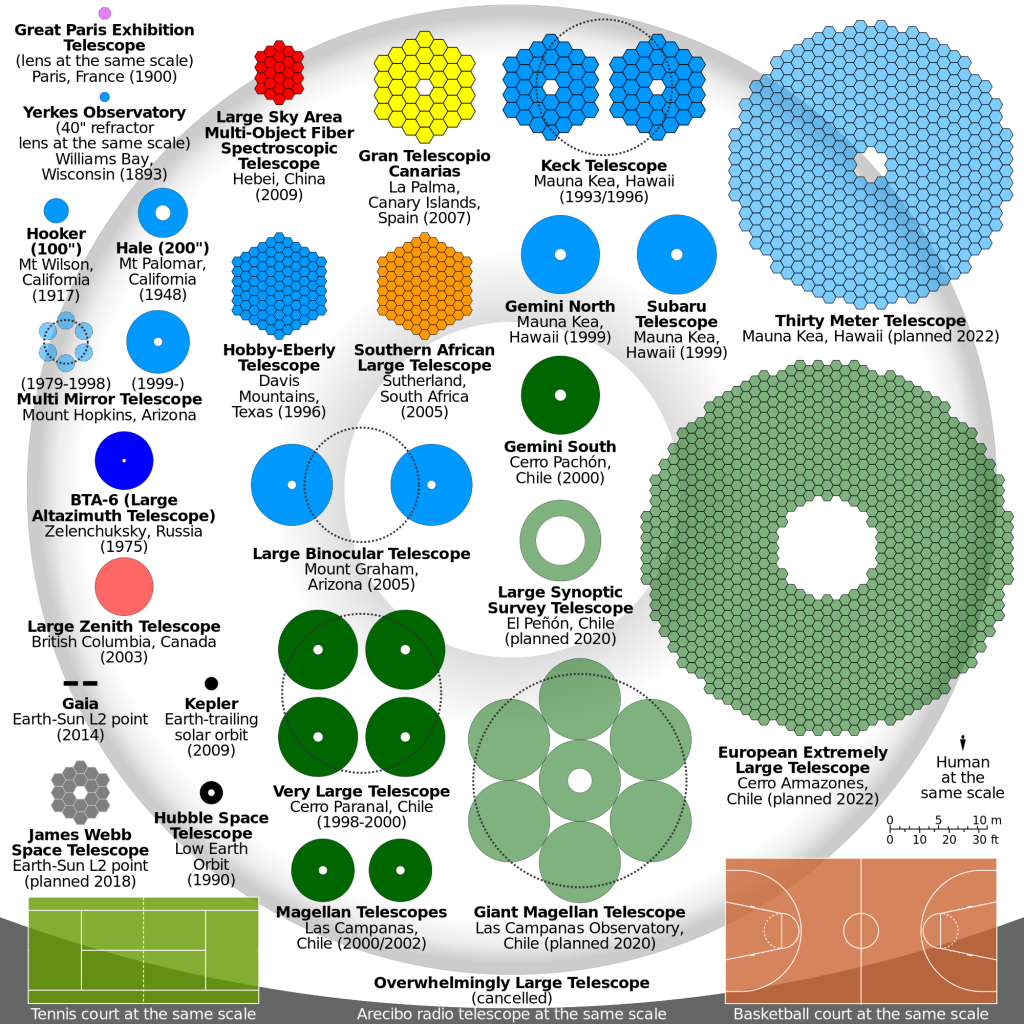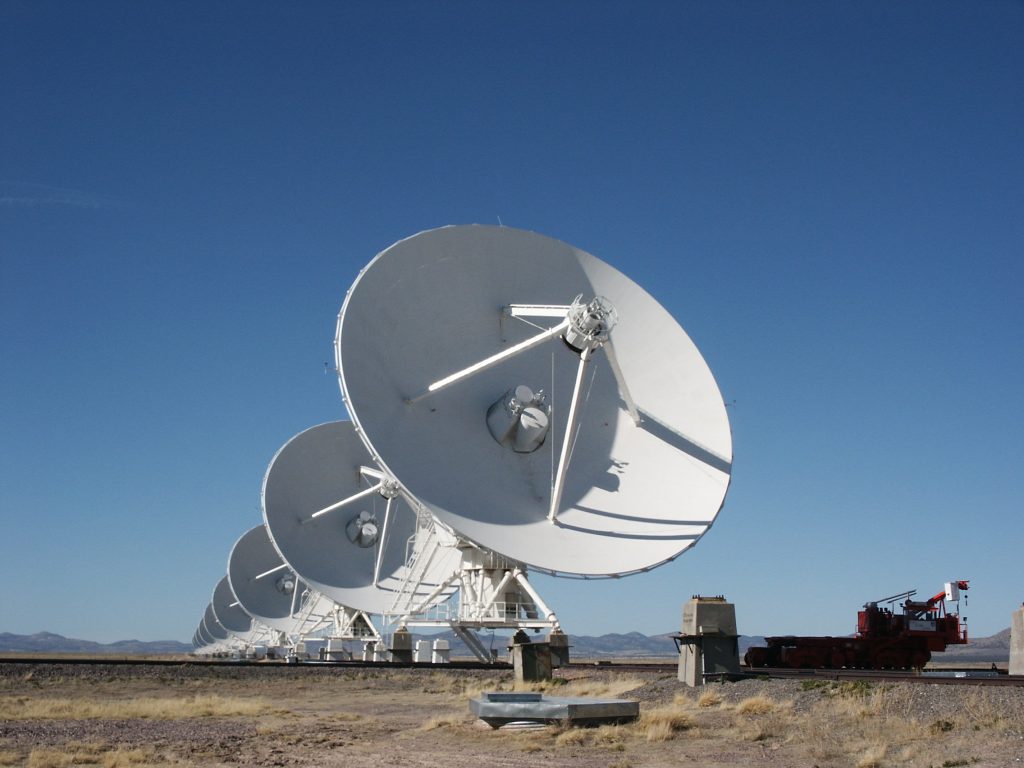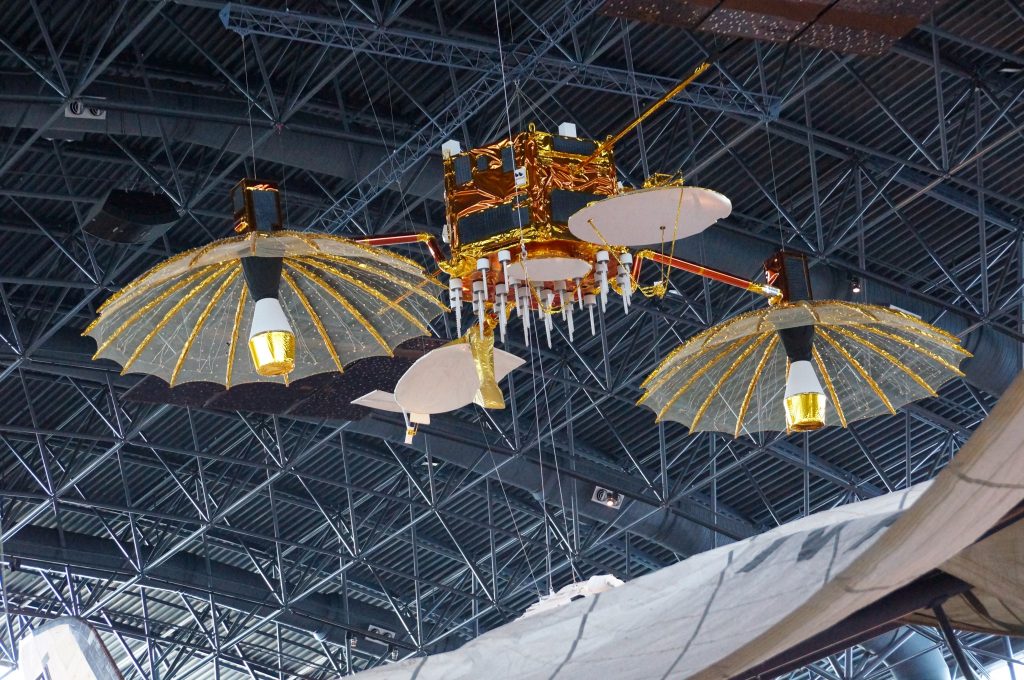Thirty Years of Space VLBI
- By Koji Mukai
- July 25, 2016
- Comments Off on Thirty Years of Space VLBI
As I write this in July 2016, it has been 30 years since the first successful space very long baseline interferometry (VLBI) observations were made. VLBI is the radio astronomy technique to use widely separated radio dishes to produce exquisite images of celestial radio sources – and space VLBI allows separation between dishes larger than the diameter of the earth, potentially producing higher resolution images.
But astute readers might be questioning my sanity. Many sources, including a page on our Imagine the Universe site will tell you that the first space VLBI satellite was Japan’s HALCA, which was launched in 1997. And 1997 was less than 20 years ago. Both these statements cannot be true – can they? Actually, yes, they can be, and they are. The actual sentence on the linked page reads: “The first mission dedicated to space interferometry was the Japanese HALCA mission which ran from 1997 to 2005.” The key phrase is “dedicated to” – you see, we sometimes use somewhat awkward phrasing in communicating with the general public when we don’t want to bother you with all the details, at least not initially. The hidden detail behind the sentence above is that well before HALCA, there was an earlier satellite which was used to demonstrate that space VLBI is possible, even though it was not specially designed for that purpose.

Top: This radio image of the galaxy M87, taken with the Very Large Array (VLA) radio telescope in February 1989, shows giant bubble-like structures where radio emission is thought to be powered by the jets of subatomic particles coming from the the galaxy’s central black hole. The false color corresponds to the intensity of the radio energy being emitted by the jet. M87 is located 50 million light-years away in the constellation Virgo. Bottom: A Very Long Baseline Array (VLBA) radio image of the region close to the black hole, where an extragalactic jet is formed into a narrow beam by magnetic fields. The false color corresponds to the intensity of the radio energy being emitted by the jet. The red region is about 1/10 light-year across. The image was taken in March 1999. Credit: NASA, National Radio Astronomy Observatory/National Science Foundation, John Biretta (STScI/JHU), and Associated Universities, Inc.
But let’s back up and start with a refresher on the basics. Professional astronomers and the general public alike like to have the sharpest, the most detailed images of astronomical objects. For UV and optical telescopes, we need bigger telescope mirrors for this, and to preferably launch them into space so the images are not blurred by the Earth’s atmosphere. With these telescopes, we can approach the diffraction limit – the fundamental limit on the sharpness of images set by the physics of light. You see, light is a wave, and there is an intrinsic fuzziness in how it goes through a slit, is reflected by a mirror, etc. The minimum angular size of an image – the diffraction limit – is proportional to the wavelength and inversely proportional to the diameter of the telescope mirror.
Radio waves have wavelengths often measured in centimeters, much larger than the wavelength of visible light, by a factor of almost a million. While it is easier to build a bigger radio dish than a bigger optical telescope, there is a practical limit. The giant Arecibo radio telescope, famously featured in the film “Contact,” based on a book by Carl Sagan, used to be the biggest radio telescope in the world. Now China just completed what is considered to be the world’s biggest radio telescope. Though the diameters of these big radio dishes are on the order of 100 times the diameters of the biggest visible light mirrors, the wavelengths of radio waves are still so large that the diffraction limited images from any of these single dish telescopes are not very sharp.

Primary mirror size comparisons. Note Arecibo is so big that it is only represented by a dark gray arc at the bottom of the image. Credit: Cmglee, creative commons.
Interferometry to the rescue. If you have an array of radio dishes, they can be combined to increase the effective size of the telescope and obtain sharp images. In technical terms, a baseline is the separation between a pair of radio dishes; you want long (and short) baselines in a variety of directions to make a sharp image. For example, the Karl G. Jansky Very Large Array (VLA) has 27 movable dishes in a Y shaped configuration, each arm of which is 21 km (13 miles) long. Image-wise, its performance is similar to a single, 40 km diameter, telescope.
VLBI is when you combine signal from multiple radio telescopes on Earth. Space VLBI allows you to have baselines that are longer than the diameter of the Earth. With VLBI (Earth-bound or including a satellite), you tend to have fewer participating telescopes, and you may have to rely on the rotation of the Earth or the orbital motion of the satellite to give you a variety of baselines. HALCA allowed baselines up to about 30,000 km (3 times the diameter of the Earth), and the Russian RadioAstron satellite has an orbit that takes it up to distances equivalent to halfway to the distance to the Moon.

Active galaxy (PKS 1519-273) as imaged with HALCA satellite, along with the National Science Foundation’s VLBA and VLA ground-based radio telescopes. This is the first VLBI image ever made using an orbiting radio-astronomy satellite. Credit: NRAO. Read more.
But space VLBI started 30 years ago, before these purposefully built satellites. What they used prior to them was the tracking and data relay satellite system (TDRSS), which NASA started in the 1980s for communication between the Space Shuttles and other satellites and ground stations. The communication is via radio waves in some of the same frequency bands used for astronomical radio observations. Back in July and August of 1986, astronomers and engineers used the TDRSS satellite (there was only one in orbit back then) together with the 64-m antenna of the NASA Deep Space Network at Tidbinbilla, Australia and the 64-m antenna of the Institute for Space and Astronautical Science in Usuda, Japan. They demonstrated space VLBI was possible, and that the three quasars they observed were very compact and beaming radio sources. This success opened the way for HALCA and RadioAstron.
So, here’s to the 30th anniversary of the first successful space VLBI observations!




